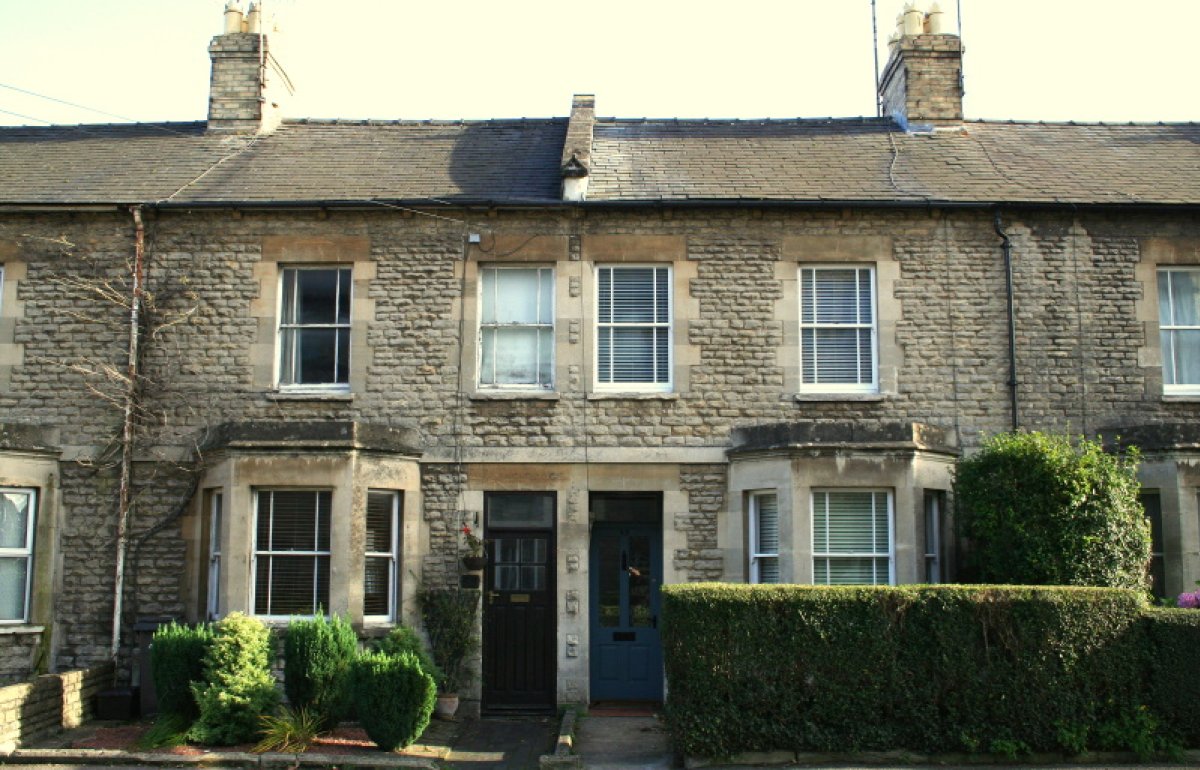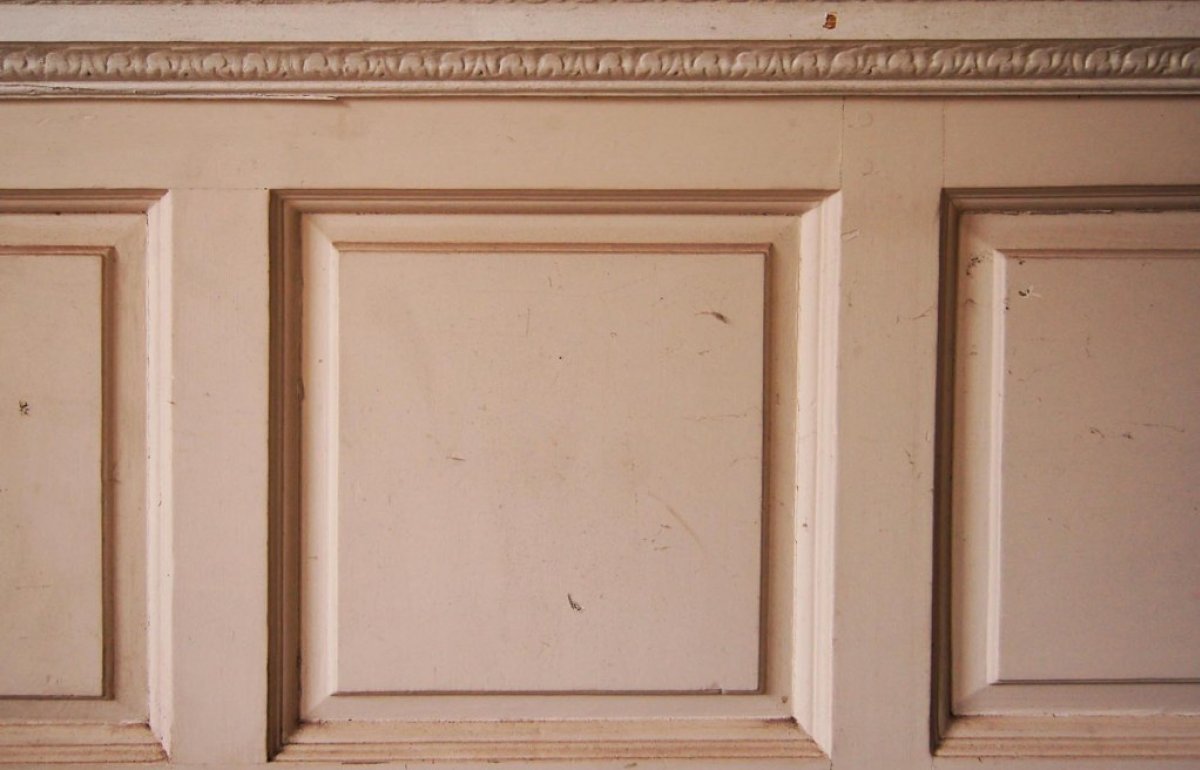Paint
A good choice of paint is about more than just colour.
Why use paint, what paints were used on buildings historically?
Paint serves to protect and/or decorate buildings. Prior to the early 20th century, it was generally hand-mixed by painters and of four broad types:
- Soft distemper (typically whiting bound with glue size, possibly tinted), widely used on internal plasterwork. Whitening, a variation (without size, untinted), was frequently employed for ceilings. Pigment wash (pigment with water), was applied to timber framing, and colourwash (pigment and size, perhaps additionally bound with weak beer etc) unified early brickwork. Washable distempers (the first emulsions) date from Victorian times.
- Limewash (incorporating lime and water), applied externally, particularly to lime renders, and often internally.
- Oil paint (usually with linseed oil and lead white), utilised extensively on softwood joinery and metalwork, and some plasterwork or render.
- Waxes or resin varnishes for hardwood panelling, and tars on weatherboarding.
Many modern paints, by contrast, are mass-produced and based on plastics, including acylic and alkyd resins.
What might the priorities and treatment options be for paintwork?
Paintwork ages or may suffer defects – such as cracking or peeling - so where its purpose is for protection, as on external softwood, regular maintenance is vital. This is also, of course, normally desirable internally, too. Periodic retouching helps extend intervals for complete redecoration.
In most cases, redecoration using paint of an appropriate type, colour and gloss level to create an authentic or alternative scheme achieves sympathetic results. Architectural paint analysis can assist decision-making.
With a historically important interior existing decoration might either best be left alone or gently cleaned and conserved by a specialist. Exceptionally, the uncovering of an earlier scheme may be justified. Recreation is sometimes an option but differences in paint manufacturing and application methods make true replication difficult (the ‘suede effect’).
Painting bare surfaces (exposed brickwork etc) may harm the character of an old building. It should usually be avoided unless inappropriate past stripping has taken place (for instance, of softwood doors).
What paint should I use on an old building?
Paint type and gloss level, not only colour, are important. Factors to consider are: compatibility with existing finishes and background (including breathability on solid walls), environmental conditions (exposure etc), durability, convenience, ease of maintenance and reapplication, film thickness, appropriateness for the character of a building and its surroundings, fire retardancy, personal taste, sustainability and availability.
Historic formulations, such as limewash and soft distemper, frequently remain appropriate for redecoration. The latter, for example, prevents details on decorative ceilings clogging-up as happens with synthetic emulsions. Alternatively, substitution with a modern paint type might be justified, for instance, linseed paint where lead paint use is now unlawful. Internally, clay-based paint helps unify patchy plasterwork. Clay-based products, or perhaps proprietary renovation paint or contract emulsion, may also be suitable over less breathable vinyl emulsion.
Brilliant white gloss is frequently less appropriate than semi-gloss off-white. Bituminous coatings or tar are normally inadvisable on pre-Victorian timber frames and polyurethane varnish is often best avoided.
How should paint in old buildings be removed?
Sound paint on old buildings is preferably left undisturbed and appropriately painted over unless there are good reasons to remove it. Remnants of historically significant early plain or decorative schemes may survive hidden below and can be destroyed unintentionally. Additionally, where old lead paint remains, overcoating such layers can be safer than removal and they will frequently also still be providing good protection to softwood joinery. Internally, it is normally inappropriate to strip paint from softwood joinery and can cause damage.
Some removal of sound paint may be warranted where an excessive build-up prevents windows functioning properly or obscures architectural details. The most appropriate removal method depends on the type of paint. Always carry out a trial in an inconspicuous location.


